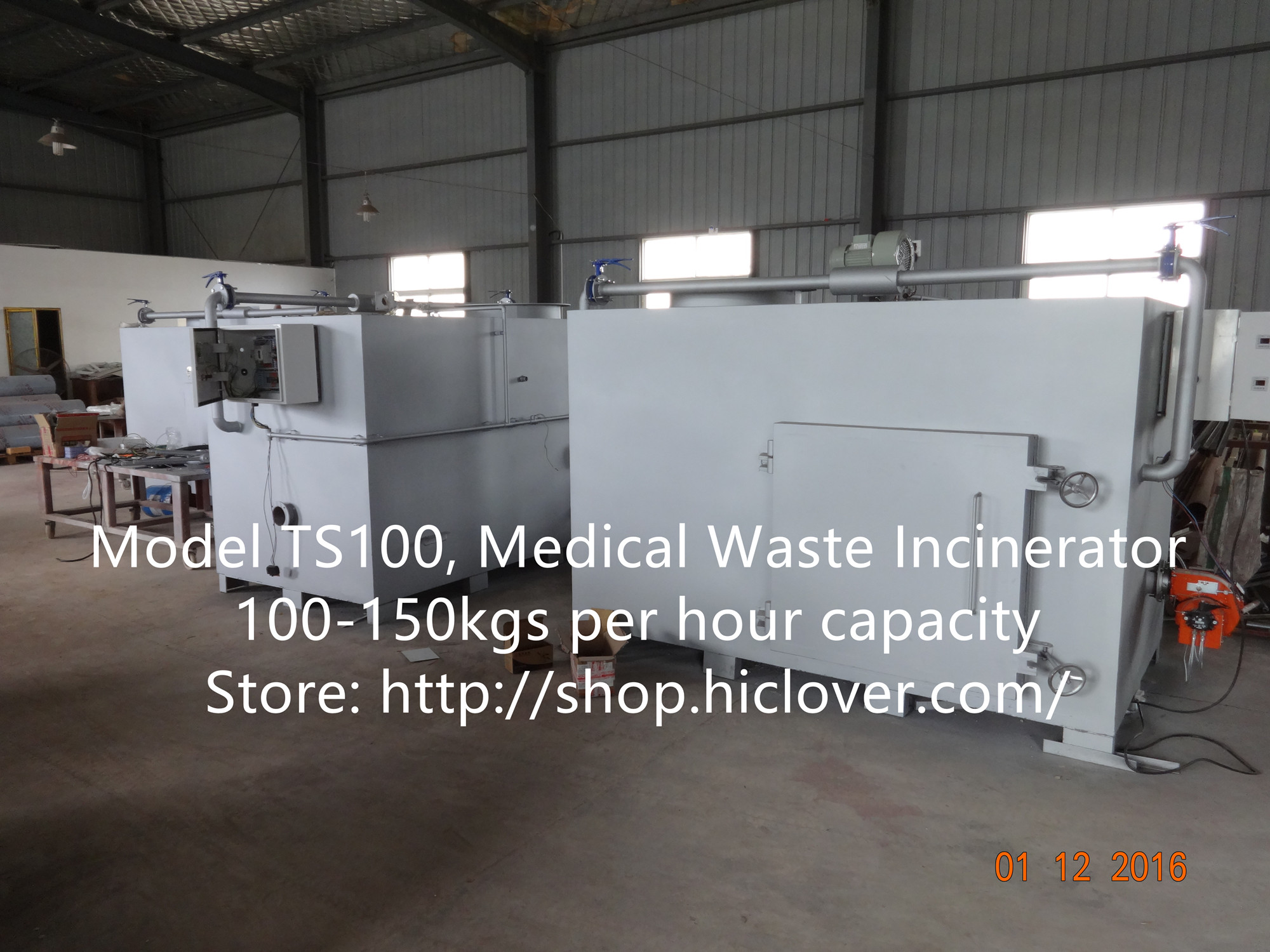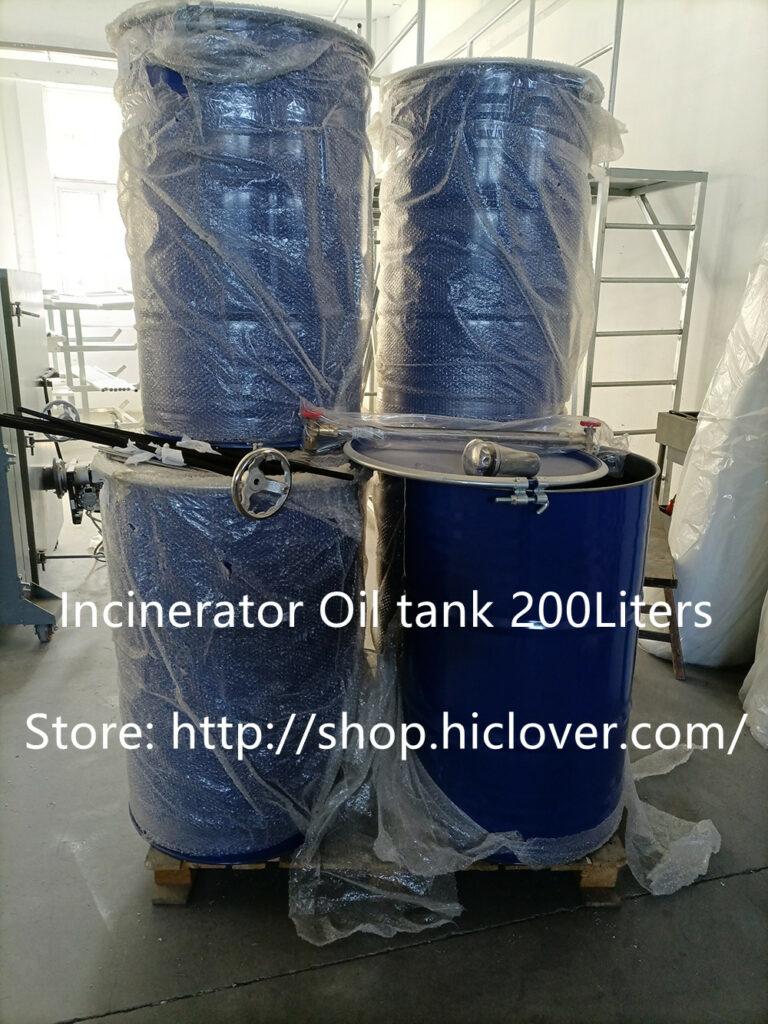Factory incineration is a common method for disposing of industrial waste, but it comes with a plethora of environmental and health risks. From air pollution to toxic residue, the impact of factory incineration is far-reaching. As a result, many are seeking out alternative solutions to this hazardous practice.
One of the most viable alternatives to factory incineration is recycling. Recycling is a process that transforms waste materials into new products, reducing the need for incineration or landfill disposal. By repurposing materials such as plastics, paper, and metals, recycling not only reduces the amount of waste sent to incinerators but also conserves natural resources and minimizes pollution. Additionally, recycling creates jobs and stimulates the economy, making it a win-win solution for both the environment and society.
Another alternative to factory incineration is composting. Organic waste, such as food scraps and yard trimmings, can be turned into nutrient-rich compost through a natural decomposition process. Composting not only reduces the amount of waste sent to incinerators but also enriches soil, conserves water, and reduces the need for chemical fertilizers. In addition to its environmental benefits, composting also helps communities save money on waste disposal and supports sustainable agriculture.
Another promising alternative solution to factory incineration is waste-to-energy technology. Waste-to-energy plants convert solid waste into electricity or heat, providing an environmentally friendly way to manage waste while simultaneously generating energy. By capturing the heat released during the waste incineration process, these plants produce electricity and heat for residential and industrial use, reducing the reliance on fossil fuels. This approach reduces the amount of waste sent to landfills and incinerators, minimizes greenhouse gas emissions, and contributes to the transition to a renewable energy economy.
In addition to recycling, composting, and waste-to-energy technology, there are other innovative solutions being explored to reduce the reliance on factory incineration. For example, bioremediation is a process that uses microorganisms to break down hazardous waste, effectively cleaning up contaminated soil and water. Similarly, mechanical biological treatment (MBT) facilities are being used to sort, process, and treat mixed waste before it is sent for recycling or landfill disposal.
Ultimately, the key to reducing factory incineration lies in a combination of approaches. By implementing a mix of recycling, composting, waste-to-energy technology, bioremediation, and other innovative solutions, we can effectively minimize the environmental and health impacts of factory incineration. It is imperative for governments, businesses, and individuals to collaborate and invest in alternative waste management strategies to create a healthier and more sustainable future for all.



